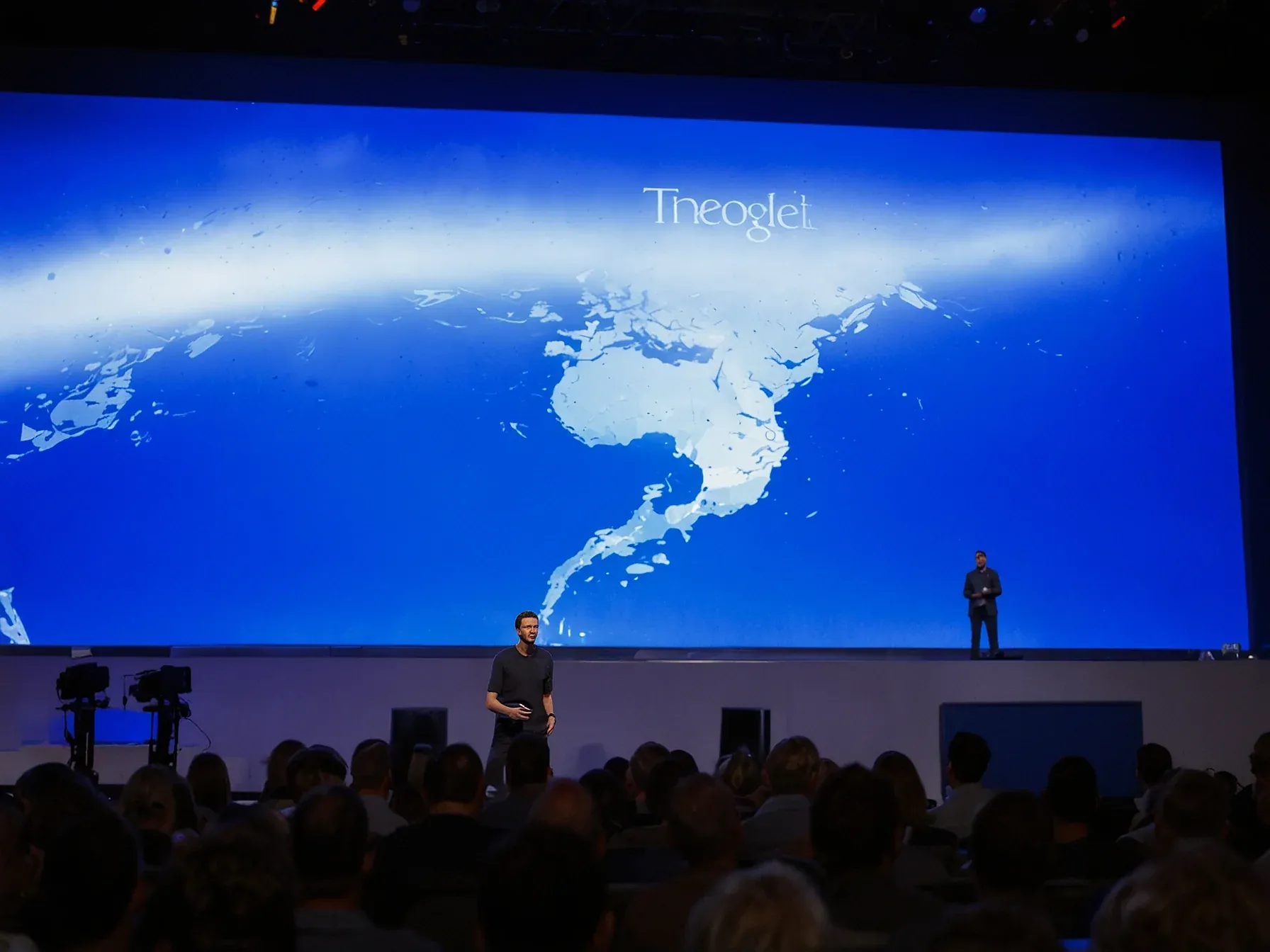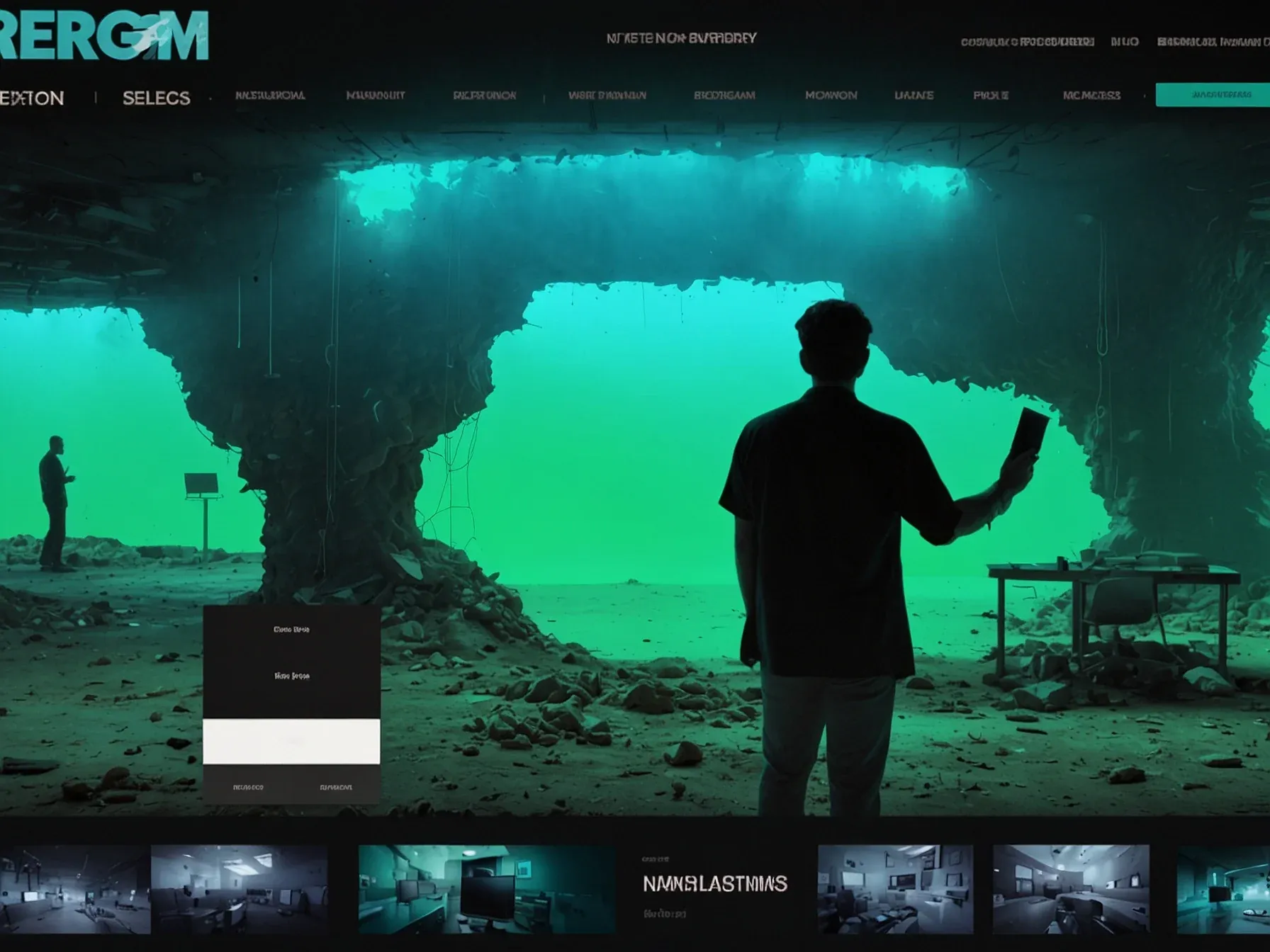
WeatherNext 2 data now in Earth Engine, BigQuery; Vertex AI early access opens
Why does this matter now? Google just moved its latest forecasting engine from research paper to production‑grade tools, and the shift could change how developers pull weather signals into their pipelines. While the model itself—WeatherNext 2—has been billed as the company’s most advanced weather‑forecasting effort, the real impact comes from its placement inside Earth Engine and BigQuery, two services that already host massive geospatial and analytics workloads.
That means analysts can query hyper‑local predictions without leaving the familiar SQL‑like environment, and satellite‑data scientists can blend forecasts with imagery in a single workspace. But Google isn’t stopping at data access; an early‑access program on Vertex AI promises custom inference, letting teams fine‑tune the model for niche use cases. By weaving WeatherNext tech into Search, Gemini and Pixel Weather, the firm signals a broader push to embed richer meteorological insight across its consumer and enterprise products.
The details follow.
WeatherNext 2's forecast data is now available in Earth Engine and BigQuery. We're also launching an early access program on Google Cloud's Vertex AI platform for custom model inference. By incorporating WeatherNext technology, we've now upgraded weather forecasts in Search, Gemini, Pixel Weather and Google Maps Platform's Weather API.
In the coming weeks, it will also help power weather information in Google Maps. Predicting more possible scenarios From a single input, we use independently trained neural networks and inject noise in function space to create coherent variability in weather forecast predictions. Weather predictions need to capture the full range of possibilities -- including worst case scenarios, which are the most important to plan for.
WeatherNext 2 can predict hundreds of possible weather outcomes from a single starting point.
Will developers adopt the new data streams? WeatherNext 2 arrives with claims of eight‑fold faster forecast generation, and Google has placed the output in Earth Engine and BigQuery. The early‑access Vertex AI program promises custom inference, but its availability remains limited to select partners.
By embedding the model into Search, Gemini and Pixel Weather, Google signals an intent to weave higher‑resolution predictions into everyday services. Yet the article offers no third‑party benchmarks, leaving the real‑world impact of the speed boost uncertain. For organizations already entrenched in Google Cloud, the integrated datasets could simplify pipelines; for others, the migration cost is unclear.
The announcement emphasizes efficiency, but doesn't detail energy consumption or model size. As the service rolls out, users will need to assess whether the touted improvements translate into measurable benefits for logistics, aviation or daily commuting. Until broader usage data emerge, the practical advantage of WeatherNext 2 remains to be confirmed.
Further Reading
- WeatherNext 2: Our most advanced weather forecasting model - Google DeepMind Blog
- A closer look at Earth Engine in BigQuery - Google Cloud Blog
- Google Cloud Brings WeatherNext AI-Powered Weather Predictions to Enterprises - Blue Mountain Eagle
- WeatherNext 2 | Earth Engine Data Catalog - Google for Developers
Common Questions Answered
What new services now host WeatherNext 2 forecast data?
WeatherNext 2 forecast data is now available in Google Earth Engine and BigQuery. These platforms enable analysts to query and integrate high‑resolution weather signals directly into existing geospatial and analytics workflows.
How does the early‑access Vertex AI program extend WeatherNext 2 capabilities?
The early‑access program on Google Cloud's Vertex AI allows select partners to run custom inference using WeatherNext 2 models. This enables developers to tailor forecast generation to specific applications, though the program remains limited to a small group of participants.
Which Google products have already incorporated WeatherNext 2 technology?
Google has integrated WeatherNext 2 into Search, Gemini, Pixel Weather, and the Google Maps Platform Weather API. In the coming weeks, the model will also enhance weather information displayed within Google Maps.
What performance claim does Google make about WeatherNext 2 forecast generation?
Google claims that WeatherNext 2 can generate forecasts up to eight times faster than its predecessor. This speed improvement is intended to deliver more timely and detailed weather predictions across Google services.




